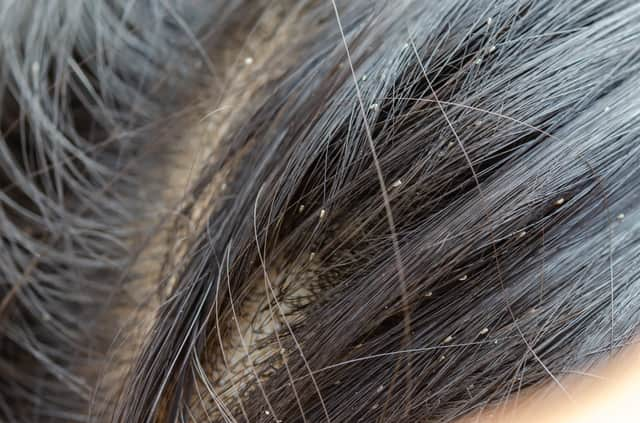Nits: Visits to NHS website for head lice help jump by a third as kids go back to school
and live on Freeview channel 276
The number of parents looking for help tackling head lice has risen sharply since children went back to school.
According to the NHS, the number of people seeking advice on head lice and nits from the NHS website has increased by more than a third since the beginning of September.
Advertisement
Hide AdAdvertisement
Hide AdFigures released by NHS England, which runs the NHS website, show there were 12,720 weekly visits to the health advice page on head lice and nits last week (15 to 21 September) compared with 9,524 at the start of the month (1 to 7 September) – an increase of 34 per cent.


Visits peaked on Monday 18 September when there were 2,196 in a day – the equivalent of one click every 39 seconds. The increase coincides with children returning to school after the holidays. Head lice and nits are common in young children and families, and are passed on through head-to-head contact, not dirty hair.
Dame Ruth May, chief nursing officer for England, said: “Head lice and nits are a common issue, especially among young children and families in close contact with one another.
“Once detected, there is no need to consult a GP but treatment should begin immediately and all household members should be checked and treated to stop further spread.
Advertisement
Hide AdAdvertisement
Hide Ad“The nhs.uk head lice and nits advice page provides the latest advice to manage the condition and help keep any outbreaks of head lice and nits under control.”
The NHS head lice and nits advice page helps people identify the small 3mm insects by showing clear images of lice, as well as photos of the empty shells of hatched eggs, known as nits.
Comment Guidelines
National World encourages reader discussion on our stories. User feedback, insights and back-and-forth exchanges add a rich layer of context to reporting. Please review our Community Guidelines before commenting.
